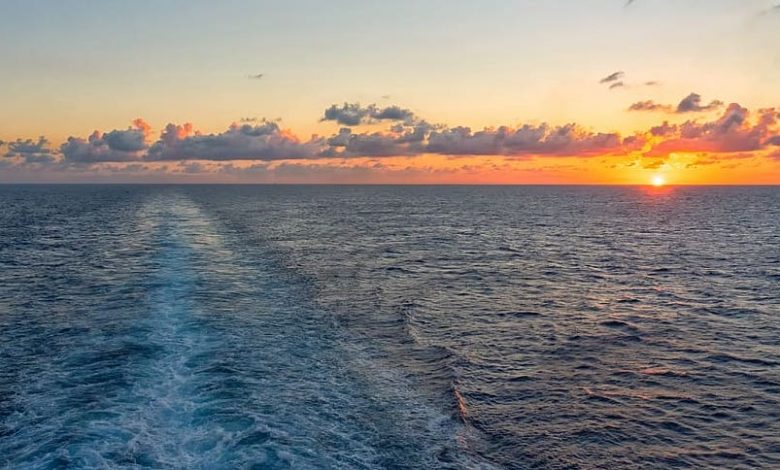Asia
New technology promises fuel savings transiting Malacca and Singapore Straits

Singapore: A new high-resolution tidal model for the Malacca and Singapore Straits will potentially save ships thousands of dollars in bunker fuel costs.
Simulations have shown that transit time savings of between three and 12% can be made depending on vessel type, speed and tidal phase.
The high-resolution (up to 800m) Malacca and Singapore Straits commercial tidal model, developed by applied oceanography specialist Tidetech, is the first of its kind in this region and addresses one of the major needs of the 60,000 ships transiting the these channels annually – that of improved efficiency and reduced emissions.
Tidetech managing director Penny Haire said the global industry drive for improved efficiency in shipping, especially in light of the uptake of slow steaming, meant speed optimisation via the use of accurate tidal models could allow ships to save significant bunkerage.
“By arriving at the optimal time, a ship can benefit from a favourable tide or current through busy, narrow or restricted shipping channels,” Ms Haire said.
“This means a vessel can reduce speed (or maintain slow steaming speeds) and save fuel… and also means the vessel can avoid having to increase speed to counter adverse current.
“We have run a simulation for vessels steaming between 14kt and 22kt and the difference between slowest and fastest times through the Straits’ amounts to a significant difference. This means time and money is saved and emissions reduced.”
The model data is available in up to 10-minute time steps and can be integrated into ECDIS as a layer (or into other bridge systems), supplied within specialised optimisation software or as raw data. [27/09/12]
